Country
Crash of a Short 330-200 in Charleston: 2 killed
Date & Time:
May 5, 2017 at 0651 LT
Registration:
N334AC
Survivors:
No
Schedule:
Louisville – Charleston
MSN:
SH3029
YOM:
1979
Flight number:
2Q1260
Crew on board:
2
Crew fatalities:
Pax on board:
0
Pax fatalities:
Other fatalities:
Total fatalities:
2
Captain / Total hours on type:
578.00
Copilot / Total hours on type:
333
Aircraft flight hours:
28023
Aircraft flight cycles:
36738
Circumstances:
The flight crew was conducting a cargo flight in instrument meteorological conditions. Takeoff from the departure airport and the en route portion of the flight were normal, with no reported weather or operational issues. As the flight neared Charleston Yeager International Airport (CRW) at an altitude of 9,000 ft, the captain and first officer received the most recent automatic terminal information service (ATIS) report for the airport indicating wind from 080º at 11 knots, 10 miles visibility, scattered clouds at 700 ft above ground level (agl), and a broken ceiling at 1,300 ft agl. However, a special weather observation recorded about 7 minutes before the flight crew's initial contact with the CRW approach controller indicated that the wind conditions had changed to 170º at 4 knots and that cloud ceilings had dropped to 500 ft agl. The CRW approach controller did not provide the updated weather information to the flight crew and did not update the ATIS, as required by Federal Aviation Administration Order 7110.65X, paragraph 2-9-2. The CRW approach controller advised the flight crew to expect the localizer 5 approach, which would have provided a straight-in final approach course aligned with runway 5. The first officer acknowledged the instruction but requested the VOR-A circling instrument approach, presumably because the approach procedure happened to line up with the flight crew's inbound flightpath and flying the localizer 5 approach would result in a slightly longer flight to the airport. However, because the localizer 5 approach was available, the flight crew's decision to fly the VOR-A circling approach was contrary to the operator's standard operating procedures (SOP). The minimum descent altitude (MDA) for the localizer approach was 373 ft agl, and the MDA for the VOR-A approach was about 773 ft agl. With the special weather observation indicating cloud cover at 500 ft agl, it would be difficult for the pilots to see the airport while at the MDA for the VOR-A approach; yet, the flight crew did not have that information. The approach controller was required to provide the flight crew with the special weather report indicating that the ceiling at the arrival airport had dropped below the MDA, which could have prompted the pilots to use the localizer approach; however, the pilots would not have been required to because the minimum visibility for the VOR-A approach was within acceptable limits. The approach controller approved the first officer's request then cleared the flight direct to the first waypoint of the VOR-A approach and to descend to 4,000 ft. Radar data indicated that as the flight progressed along the VOR-A approach course, the airplane descended 120 feet below the prescribed minimum stepdown altitude of 1,720 ft two miles prior to FOGAG waypoint. The airplane remained level at or about 1,600 ft until about 0.5 mile from the displaced threshold of the landing runway. At this point, the airplane entered a 2,500 ft-per-minute, turning descent toward the runway in a steep left bank up to 42º in an apparent attempt to line up with the runway. Performance analysis indicates that, just before the airplane impacted the runway, the descent rate decreased to about 600 fpm and pitch began to move in a nose-up direction, suggesting that the captain was pulling up as the airplane neared the pavement; however, it was too late to save the approach. Postaccident examination of the airplane did not identify any airplane or engine malfunctions or failures that would have precluded normal operation. Video and witness information were not conclusive as to whether the captain descended below the MDA before exiting the cloud cover; however, the descent from the MDA was not in accordance with federal regulations, which required, in part, that pilots not leave the MDA until the "aircraft is continuously in a position from which a descent to a landing on the intended runway can be made at a normal descent rate using normal maneuvers." The accident airplane's descent rate was not in accordance with company guidance, which stated that "a constant rate of descent of about 500 ft./min. should be maintained." Rather than continue the VOR-A approach with an excessive descent rate and airplane maneuvering, the captain should have conducted a missed approach and executed the localizer 5 approach procedure. No evidence was found to indicate why the captain chose to continue the approach; however, the captain's recent performance history, including an unsatisfactory checkride due to poor instrument flying, indicated that his instrument flight skills were marginal. It is possible that the captain felt more confident in his ability to perform an unstable approach to the runway compared to conducting the circling approach to land. The first officer also could have called for a missed approach but, based on text messages she sent to friends and their interview statements, the first officer was not in the habit of speaking up. The difference in experience between the captain and first officer likely created a barrier to communication due to authority gradient. ATC data of three VOR-A approaches to CRW flown by the captain over a period of 3 months before the accident and airport security footage of previous landings by the flight crew 1 month before the accident suggest that the captain's early descent below specified altitudes and excessive maneuvering during landing were not isolated to the accident flight. The evidence suggests that the flight crew consistently turned to final later and at a lower altitude than recommended by the operator's SOPs. The flight crew's performance on the accident flight was consistent with procedural intentional noncompliance, which—as a longstanding concern of the NTSB—was highlighted on the NTSB's 2015 Most Wanted List. The operator stands as the first line of defense against procedural intentional noncompliance by setting a positive safety attitude for personnel to follow and establishing organizational protections. However, the operator had no formal safety and oversight program to assess compliance with SOPs or monitor pilots, such as the captain, with previous performance issues.
Probable cause:
The flight crew's improper decision to conduct a circling approach contrary to the operator's standard operating procedures (SOP) and the captain's excessive descent rate and maneuvering during the approach, which led to inadvertent, uncontrolled contact with the ground. Contributing to the accident was the operator's lack of a formal safety and oversight program to assess hazards and compliance with SOPs and to monitor pilots with previous performance issues.
Final Report:
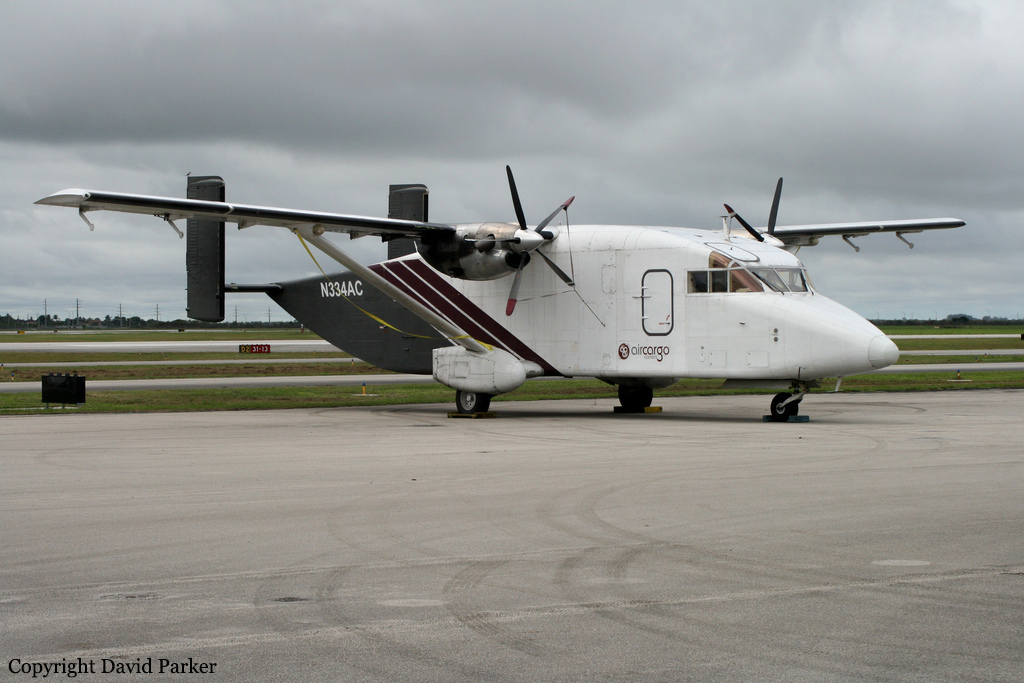
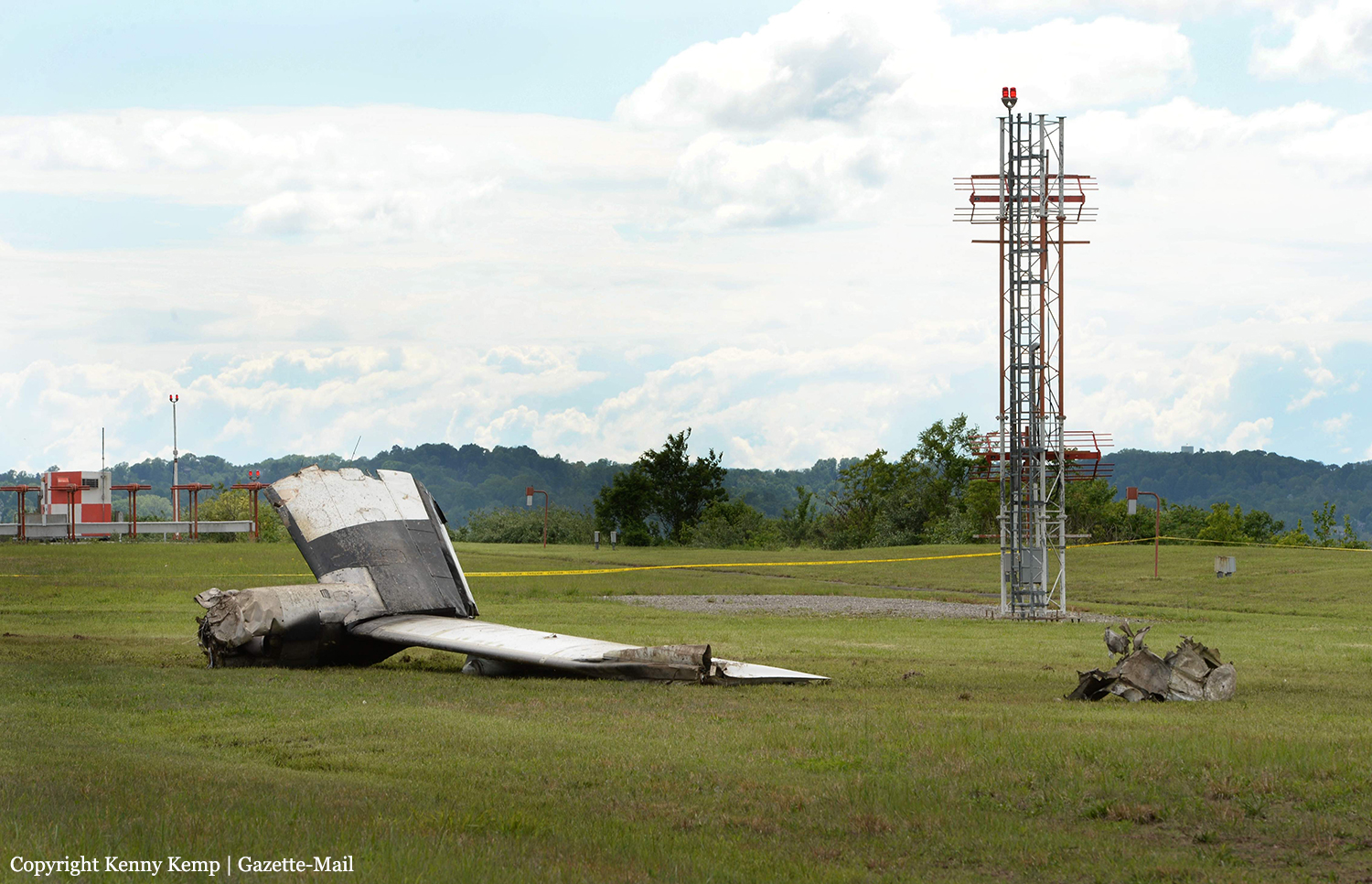
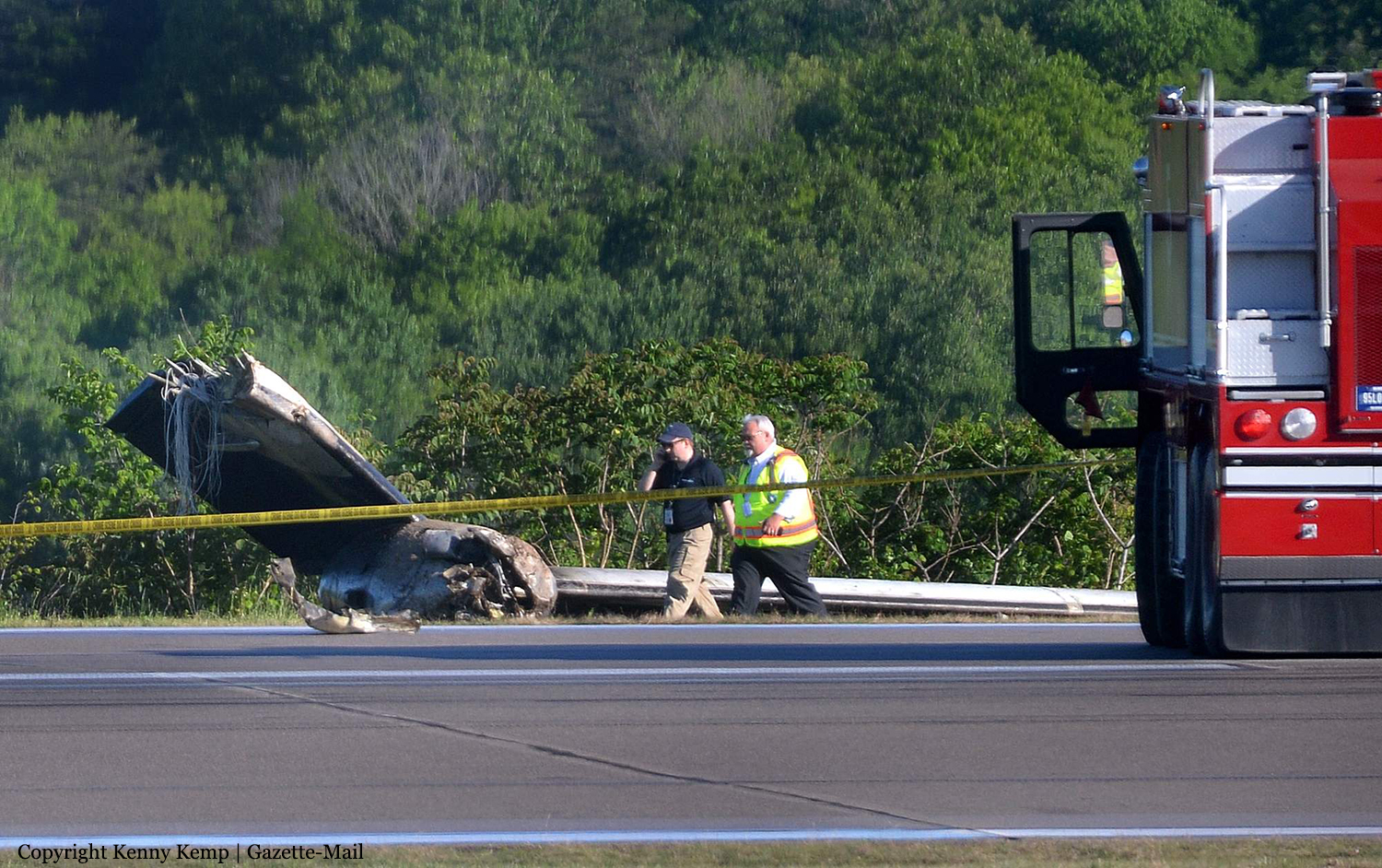
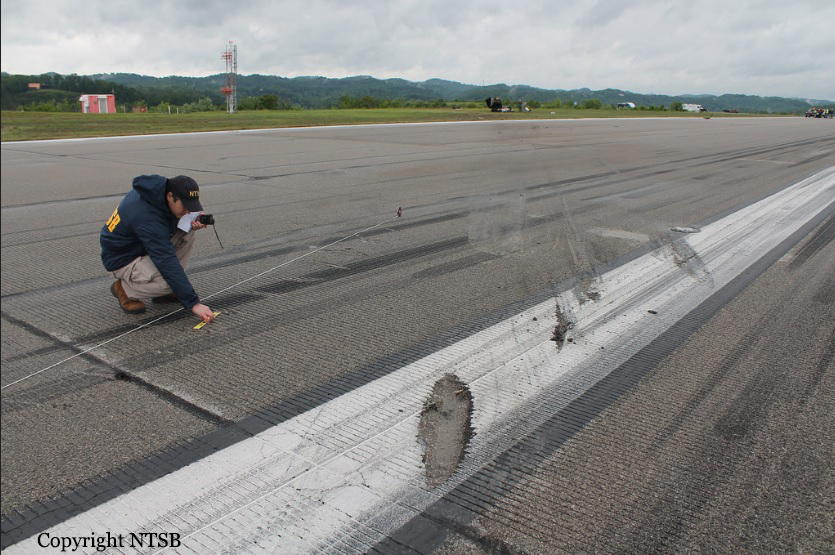
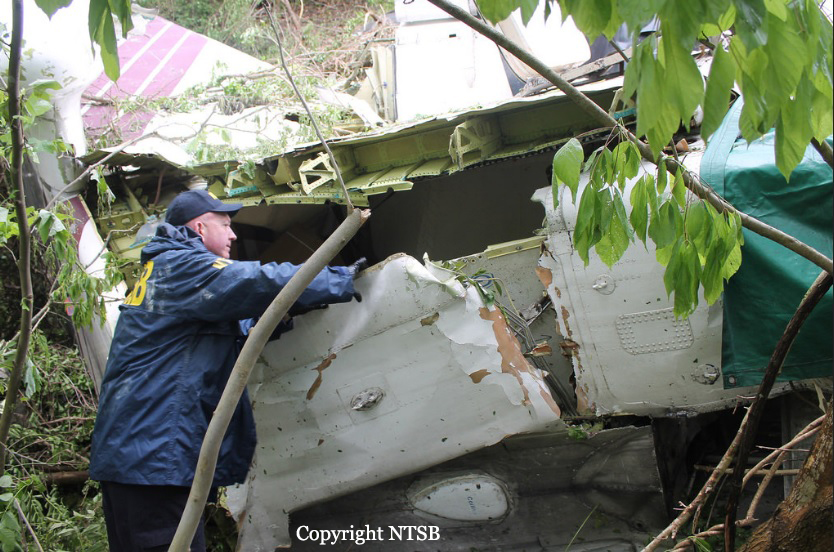
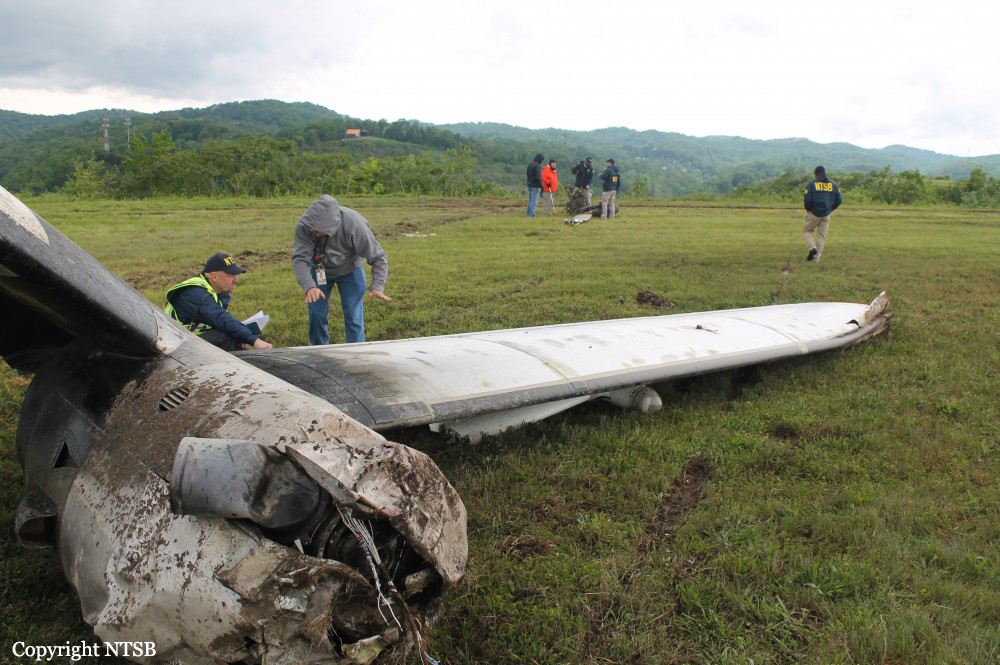
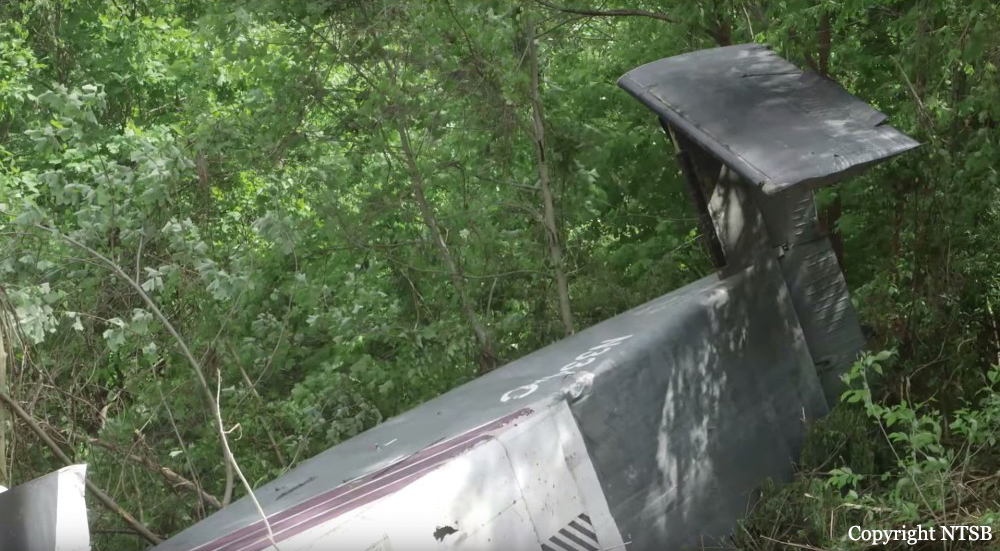
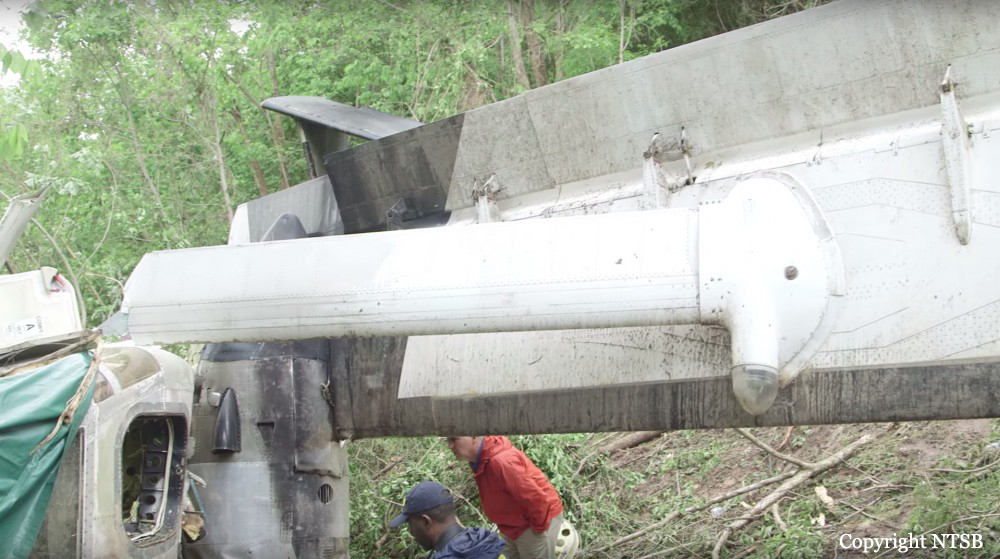
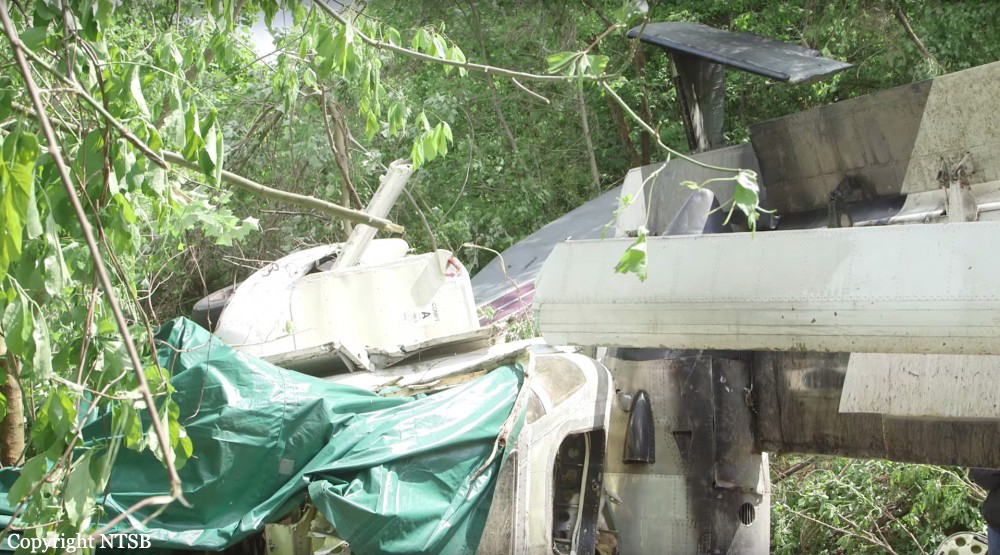
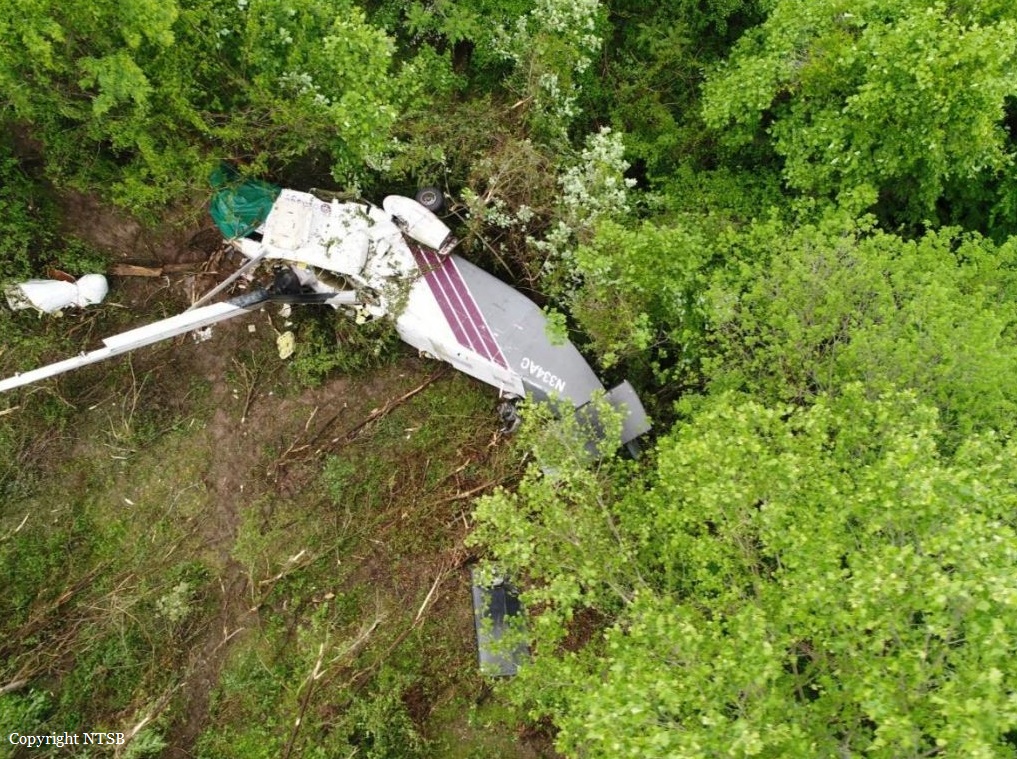
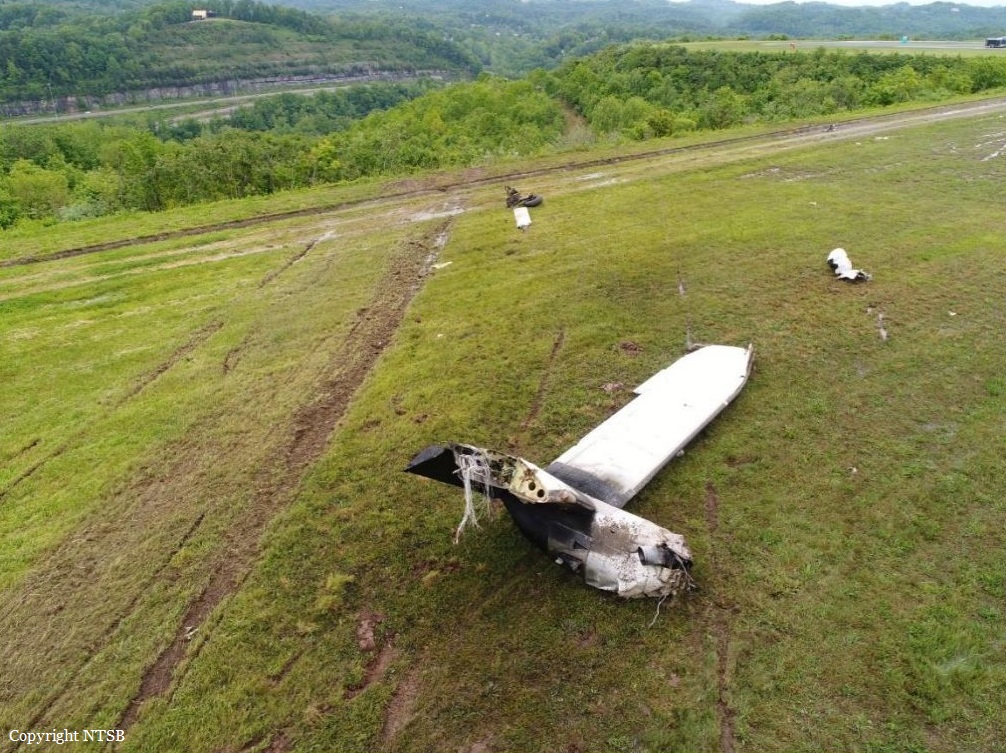
Crash of a Short C-23 Sherpa in Dodoma
Date & Time:
Jun 1, 2007
Registration:
JW9036
Survivors:
Yes
Schedule:
Sumbawanga – Dodoma
MSN:
3121
YOM:
1986
Crew on board:
4
Crew fatalities:
Pax on board:
9
Pax fatalities:
Other fatalities:
Total fatalities:
0
Circumstances:
On approach to Dodoma Airport, both engines failed simultaneously. The captain attempted an emergency landing in a cornfield located near the Kizota district. Upon landing, the aircraft lost its nose gear and slid for few dozen metres before coming to rest. All 13 occupants escaped with minor injuries and the aircraft was damaged beyond repair.
Crash of a Short 330-200 in Myrtle Beach
Date & Time:
May 18, 2006 at 0745 LT
Registration:
N937MA
Survivors:
Yes
Schedule:
Greensboro – Myrtle Beach
MSN:
3040
YOM:
1980
Flight number:
SNC1340
Crew on board:
2
Crew fatalities:
Pax on board:
0
Pax fatalities:
Other fatalities:
Total fatalities:
0
Aircraft flight hours:
21095
Circumstances:
Following an uneventful cargo flight from Greensboro, NC, the aircraft made a wheels-up landing on runway 18 at Myrtle Beach Airport, SC. The aircraft slid on its belly for few dozen metres before coming to rest on the main runway. Both pilots escaped uninjured while the aircraft was damaged beyond repair.
Probable cause:
NTSB did not conduct any investigation on this event.
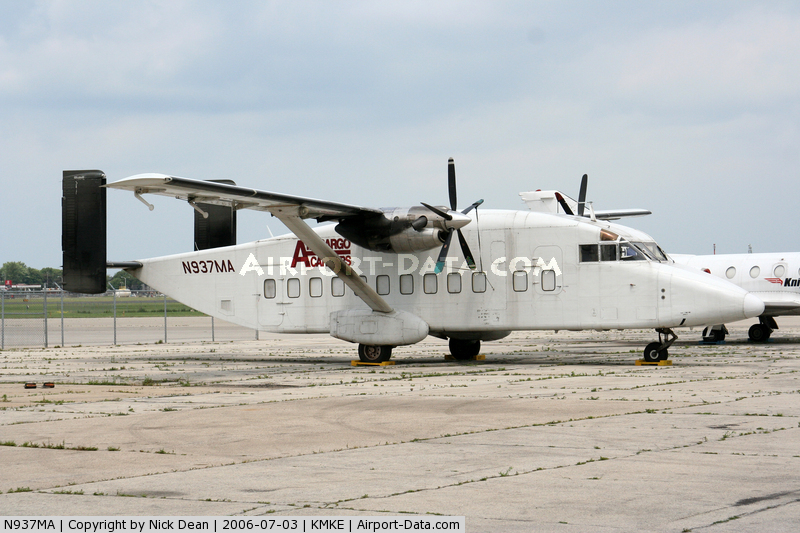
Crash of a Short 330-200 in DuBois
Date & Time:
Apr 9, 2003 at 0715 LT
Registration:
N805SW
Survivors:
Yes
Schedule:
Pittsburgh – DuBois
MSN:
3055
YOM:
1980
Flight number:
SKZ1170
Crew on board:
2
Crew fatalities:
Pax on board:
0
Pax fatalities:
Other fatalities:
Total fatalities:
0
Captain / Total hours on type:
2100.00
Copilot / Total hours on type:
431
Aircraft flight hours:
24401
Circumstances:
The airplane was on an instrument landing system (ILS) approach in instrument meteorological conditions. The captain initially stated that the airplane was on the ILS approach with the engine power set at flight idle. About 300 feet above the ground, and 1/4 to 1/2 mile from the threshold, the captain made visual contact with the runway. The captain stated that the left engine then surged, which caused the airplane to yaw right and drift left. At the time, the airplane was in visual conditions, and on glideslope, with the airspeed decreasing through 106 knots. The captain aligned the airplane with the runway and attempted to go-around, but the throttles were difficult to move. The airplane began to stall and the captain lowered the nose. The airplane subsequently struck terrain about 500 feet prior to the runway. After the captain was informed that the engine power should not be at flight idle during the approach, he amended his statement to include the approach power setting at 1,000 lbs. of torque. The co-pilot initially reported that the engine anomaly occurred while at flight idle. However, the co-pilot later amended his statement and reported that the anomaly occurred as power was being reduced toward flight idle, but not at flight idle. Examination of the left engine did not reveal any pre-impact mechanical malfunctions. Examination of the airplane cockpit did not reveal any anomalies with the throttle levers. Review of a flight manual for the make and model accident airplane revealed that during a normal landing, 1,100 lbs of torque should be set prior to turning base leg. The manual further stated to reduce the power levers about 30 feet agl, and initiate a gentle flare. The reported weather at the airport about 5 minutes before the accident included a visibility 3/4 mile in mist, and an overcast ceiling at 100 feet. The reported weather at the airport about 7 minutes after the accident included visibility 1/4 mile in freezing fog and an overcast ceiling at 100 feet. Review of the terminal procedure for the respective ILS approach revealed that the decision height was 200 feet agl, and the required minimum visibility was 1/2 mile.
Probable cause:
The captain's failure to maintain the proper glidepath during the instrument approach, and his failure to perform a go-around. Factors were a low ceiling and reduced visibility due to mist.
Final Report:
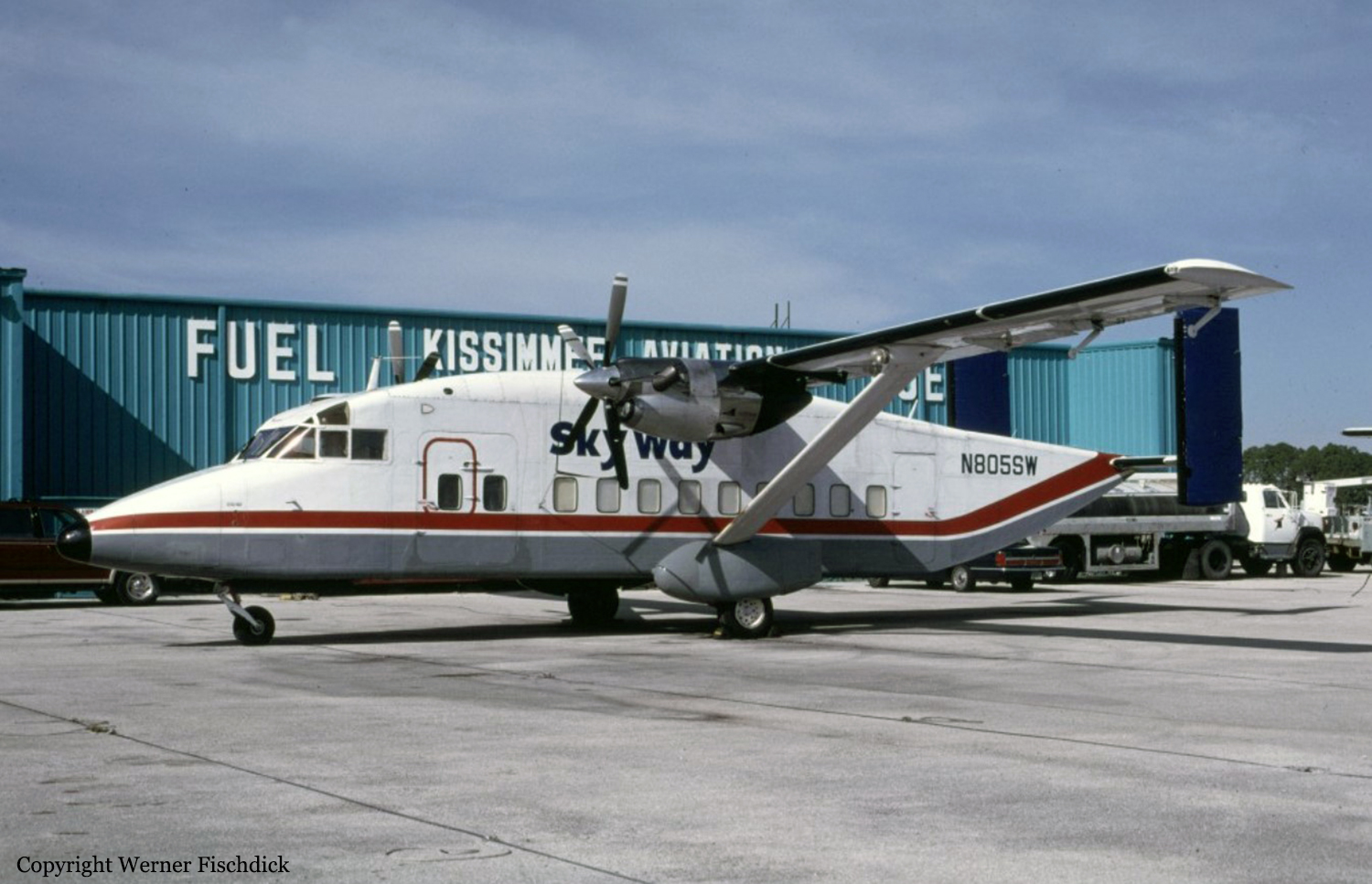
Crash of a Short C-23B Sherpa in Unadilla: 21 killed
Date & Time:
Mar 3, 2001 at 0955 LT
Registration:
93-1336
Survivors:
No
Schedule:
Hurlburt Field - Oceana
MSN:
3420
YOM:
1985
Flight number:
PAT528
Crew on board:
3
Crew fatalities:
Pax on board:
18
Pax fatalities:
Other fatalities:
Total fatalities:
21
Circumstances:
The Sherpa departed Hurlburt Field AFB, Florida, on flight PAT528 to Oceana NAS, Virginia, carrying 18 passengers and a crew of three. While in cruising altitude over Georgia, the crew encountered poor weather conditions with thunderstorm activity, heavy rain falls, severe turbulences, windshear conditions and wind gusting up to 72 knots. The aircraft became unstable, lost 100 feet in three seconds then adopted a nose up attitude. Within the next 12 seconds, the aircraft suffered a positive aerodynamic acceleration then entered an uncontrolled descent, partially disintegrated in the air and eventually crashed in an open field. All 21 occupants were killed.
Crew (171st Aviation Regiment Lakeland):
CW4 Johnny W. Duce,
CW2 Erik P. Larson,
S/Sgt Robert F. Ward Jr.
Passengers (213rd Red Horse Flight, Virginia Beach):
M/Sgt James Beninati,
S/Sgt Paul J. Blancato,
T/Sgt Ernest Blawas,
S/Sgt Andrew H. Bridges,
M/Sgt Eric G. Bulman,
S/Sgt Paul E. Cramer,
T/Sgt Michael E. East,
S/Sgt Ronald L. Elkin,
S/Sgt James P. Ferguson,
S/Sgt Randy V. Johnson,
SRA Mathrew K. Kidd,
M/Sgt Michael E. Lane,
T/Sgt Edwin B. Richardson,
T/Sgt Dean J. Shelby,
S/Sgt John L. Sincavage,
S/Sgt Gregory T. Skurupey,
S/Sgt Richard L. Summerell,
Maj Frederick V. Watkins III.
Crew (171st Aviation Regiment Lakeland):
CW4 Johnny W. Duce,
CW2 Erik P. Larson,
S/Sgt Robert F. Ward Jr.
Passengers (213rd Red Horse Flight, Virginia Beach):
M/Sgt James Beninati,
S/Sgt Paul J. Blancato,
T/Sgt Ernest Blawas,
S/Sgt Andrew H. Bridges,
M/Sgt Eric G. Bulman,
S/Sgt Paul E. Cramer,
T/Sgt Michael E. East,
S/Sgt Ronald L. Elkin,
S/Sgt James P. Ferguson,
S/Sgt Randy V. Johnson,
SRA Mathrew K. Kidd,
M/Sgt Michael E. Lane,
T/Sgt Edwin B. Richardson,
T/Sgt Dean J. Shelby,
S/Sgt John L. Sincavage,
S/Sgt Gregory T. Skurupey,
S/Sgt Richard L. Summerell,
Maj Frederick V. Watkins III.
Probable cause:
The Collateral Investigation Board found the preponderance of the evidence concluded that the aircraft accident was due to crew error. The board found other factors present but not contributing directly to this aircraft accident. These factors may have influenced the crew's decision making process and aircraft performance. This is normally the case in most aircraft human factor accidents. The board did find the preponderance of the evidence directed the board toward the crew's failure to properly load the aircraft. In particular, the crew's failure to properly manage the weight and balance of the aircraft resulted in an 'out-of-CG' condition that exceeded the aircraft design limits, rendering the aircraft unstable and leading to a violent departure from controlled flight. Once the aircraft departed controlled flight, the rapid onset of significant G-force shifts rendered the crew and passengers incapacitated and unconscious and led to a structural break-up of the aircraft in flight. This ultimately resulted in the aircraft impacting the ground, killing all on board.




